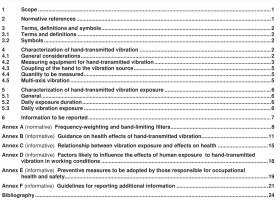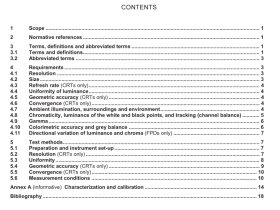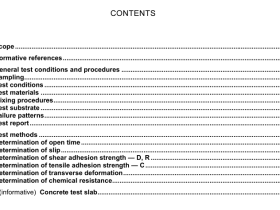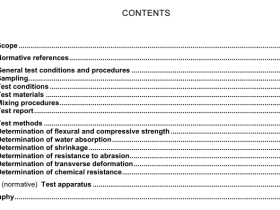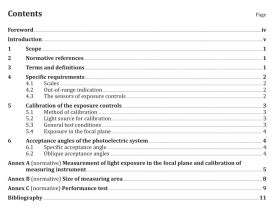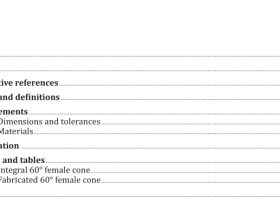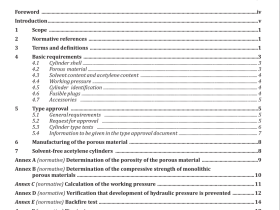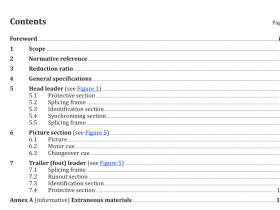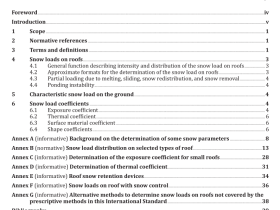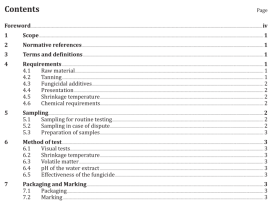ISO 11270 pdf download
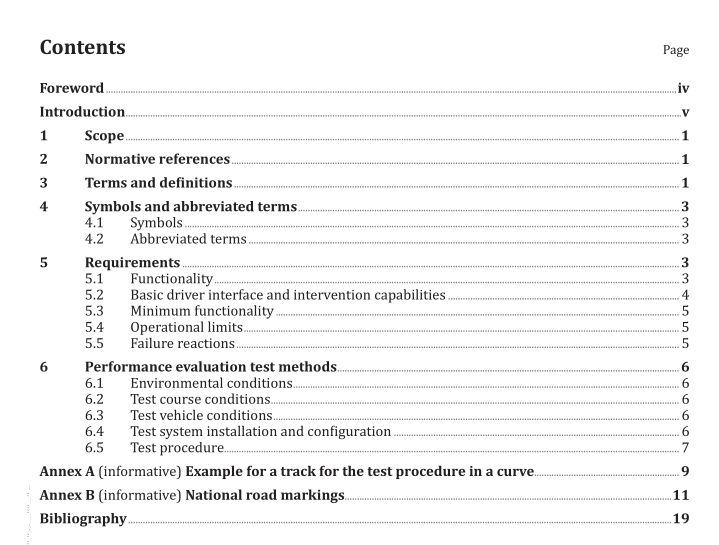
ISO 11270 pdf download Intelligent transport systems — Lane keeping assistance systems (LKAS) — Performance requirements and test procedures
1 Scope
This International Standard contains the basic control strategy, minimum functionality requirements, basic driver interface elements, minimum requirements for diagnostics and reaction to failure, and performance test procedures for Lane Keeping Assistance Systems (LKAS). LKAS provide support for safe lane keeping operations by drivers and do not perform automatic driving nor prevent possible lane departures. The responsibility for the safe operation of the vehicle always remains with the driver. LKAS is intended to operate on highways and equivalent roads. LKAS consist of means for recognizing the location of the vehicle inside its lane and means for influencing lateral vehicle movement. LKAS should react consistently with the driver expectations with respect to the visible lane markings. The support at roadway sections having temporary or irregular lane markings (such as roadwork zones) is not within the scope of this International Standard. This International Standard is applicable to passenger cars, commercial vehicles, and buses.
2 Normative references
The following documents, in whole or in part, are normatively referenced in this document and are indispensable for its application. For dated references, only the edition cited applies. For undated references, the latest edition of the referenced document (including any amendments) applies.
ISO 2575, Road vehicles — Symbols for controls, indicators and tell-tales
3?Terms?and?definitions
For the purposes of this document, the following terms and definitions apply.
3.1
subject vehicle
vehicle equipped with LKAS as defined herein
3.2
system states
one of several stages or phases of system operation (see Figure 1)
3.2.1
LKAS off state
system is switched off
3.2.2
LKAS on state
system is switched on
3.2.3
LKAS stand-by state
system is switched on but the activation criteria are not all met
3.2.4
LKAS active state
system is switched on and the activation criteria are met
3.3
lane
area of roadway that a vehicle would be expected to travel along in the absence of any obstructionwithout the driver’s desire to change the path of travel
3.4
visible lane marking
delineators intentionally placed on the borderline of the lane that are directly visible to the driver whiledriving (e.g.not covered by snow, etc.)
3.5
incidental visible road feature
visible patterns on the road surface that were not explicitly intended to delineate the boundaries ofthelane, but which are indicative of the position of the lane
Note 1 to entry: These can include such features as pavement seams or edges and curbs.
3.6
lane boundaryborderline of the lane that is determined by a visible lane marking; and in the absence of a visible lanemarking, by incidental visible road features or other means such as GPS,magnetic nails, etc
Note 1 to entry: ln the case of a visible lane marking, the boundary is at the center thereof
3.7
time to line crossingTTLC
calculated time to lane departure
Note 1 to entry: For example, the most simple calculation method of this time (TTLC) is to divide lateral distance(D) between the predetermined part of the vehicle and the lane boundary by rate of departure (V depart) of thevehicle relative to the lane.(TTLC = D/V depart)
3.8
suppression request
driver request or a system feature intended to prevent an LKAS action if an intentional lane departureis detected
